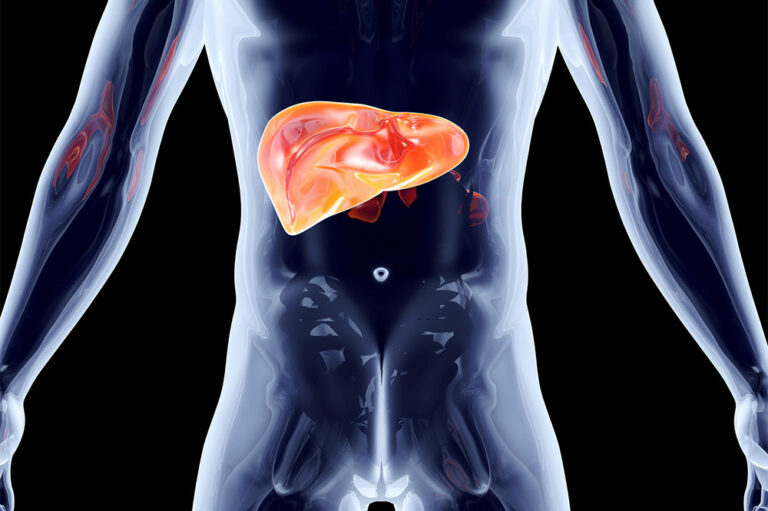
Early warning signs of different types of ataxia
Ataxia is a word used to describe the lack of coordination in the legs, hands, fingers, legs, body, speech, eye movements, and arms. Methods to manage the condition may include using adaptive devices to remain as independent as possible. Ataxia can occur in individuals of all ages, and the symptoms may differ based on the type an individual suffers from. So, here are the early warning signs associated with various types of conditions.
Friedreich’s ataxia
Friedreich’s ataxia is the most common type of hereditary ataxia that can be triggered by one’s inherited genes. While the symptoms may affect people at any age, it usually develops before age 25. If an individual has problems with balance and coordination or falls frequently, they might suffer from Friedreich’s ataxia. Other warning signs to look for include increasingly slurred, slow or unclear speech, difficulty swallowing, and increasing weakness in the legs.
Ataxia-telangiectasia
An individual affected by Ataxia-telangiectasia (AT) may notice symptoms during their early childhood. Some warning signs to watch out for include trouble walking, speech, and swallowing. One may also develop small spider-like clusters of red blood vessels in the corner of their eyes and their cheeks. The person may also notice slowed eye movements and may need to turn their head often to compensate for the phenomenon.
Cerebellar ataxia
The cerebellum is part of the brain responsible for balancing and coordination. So if a section of the cerebellum wears away, it may lead to cerebellar ataxia. Someone who develops this type may experience changes in the voice, fatigue, dizziness, headache, and muscle tremors. Wide gait, trouble walking, and slurred speech are other signs that may indicate the development of cerebellar ataxia.
Spinocerebellar ataxias (SCAs)
If a person loses sensation in the hands and feet, experiences memory loss, or has reduced bladder control, they might be affected by spinocerebellar ataxias. This type of ataxias is a group of hereditary diseases that may not begin until adulthood and affect people aged between 25 and 80. Someone with the condition may also notice unusual cramping or stiffness and trouble with balance and coordination.
Episodic ataxia
Several people may develop episodic ataxia, a rare and unusual type of hereditary ataxia where they may experience episodes of ataxia. At other times, they might experience little to no symptoms. Muscle spasms, involuntary eye movements, vertigo, migraines, and tinnitus are some of the early warning signs of episodic ataxia that one should watch out for. Slurred, slow, and unclear speech and problems with balance and coordination are other warning signs that might require an expert’s opinion. Episodic ataxia often develops during the teenage years and may last several minutes to hours. Furthermore, the symptoms may also be triggered by sudden movement, exercise, stress, and caffeine.
Sensory ataxia
Someone who develops this type of ataxia may have difficulty touching their finger to the nose with closed eyes and suffer from the inability to sense vibrations. Trouble walking in dim light and stomping when one takes steps are other indicators of sensory ataxia. The condition may result from damage to the nerves in the spinal cord. It may also occur due to damage to the peripheral nerves, which are part of the nervous system located outside of the brain and spinal cord.












